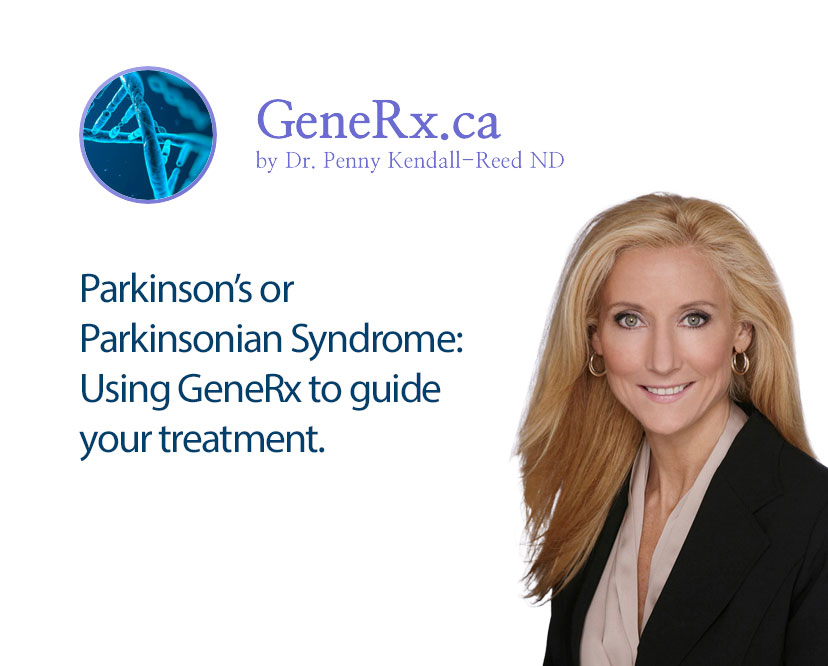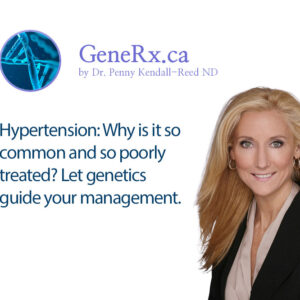Description
Parkinson’s Disease affects approximately 1% of the population. The exact pathophysiology remains unclear, which is one reason why pharmacological treatment only has a 50% success rate. Evidence shows that oxidation of endogenous dopamine produces multiple reactive and toxic by-products including ROS, and that these by-products induce oxidative stress and degeneration in dopaminergic neurons leading to the development of Parkinson’s and neural degeneration. Other causes include low glutathione levels and high dopamine with too few receptors, which increases dopamine endotoxicity. Perfectly mimicking the symptoms of Parkinson’s is Parkinsonian syndrome, whose etiology includes low dopamine transportation to receptors, stress, low autophagy, decreased mitochondrial output and increased inflammation without neural degeneration.
In this lecture I will review the various known causal factors for Parkinson’s Disease and Parkinsonian syndrome and which genes play important roles. I will explain where to look for this information in the GeneRx report and how to use it to treat you patients effectively. Comparative case studies will be presented.



